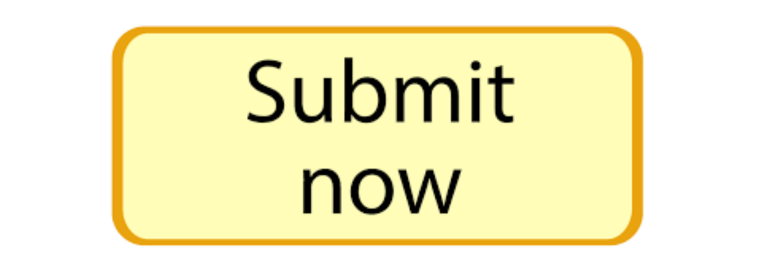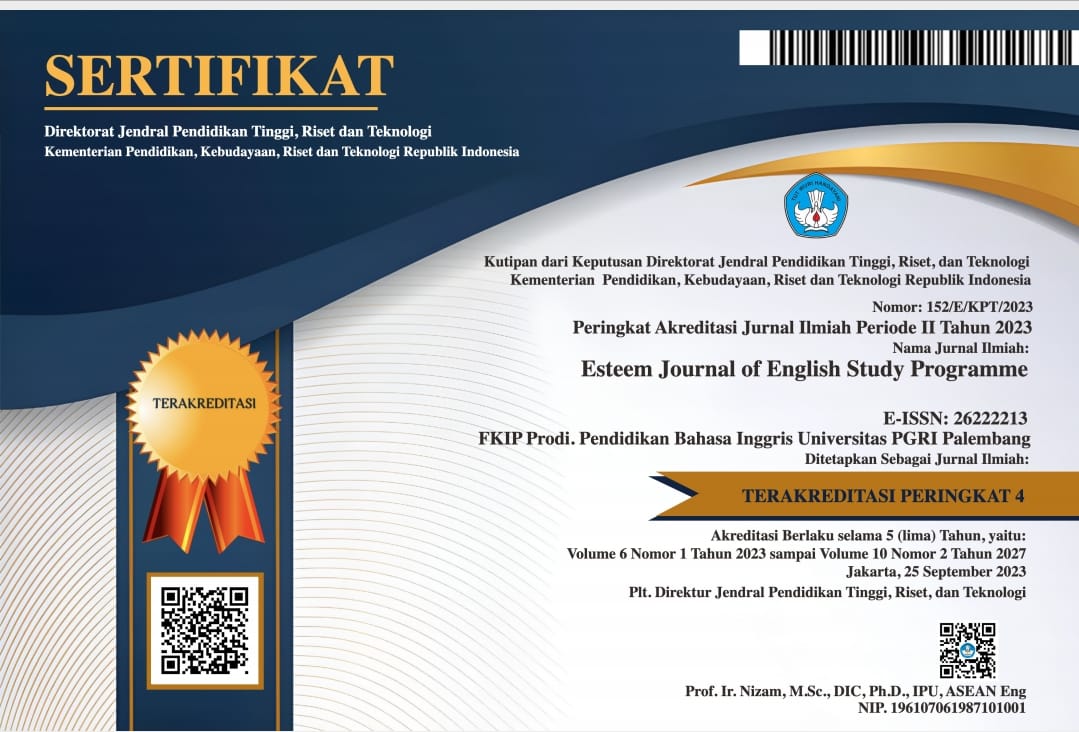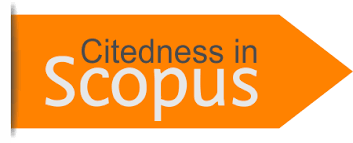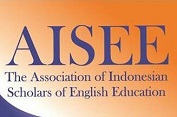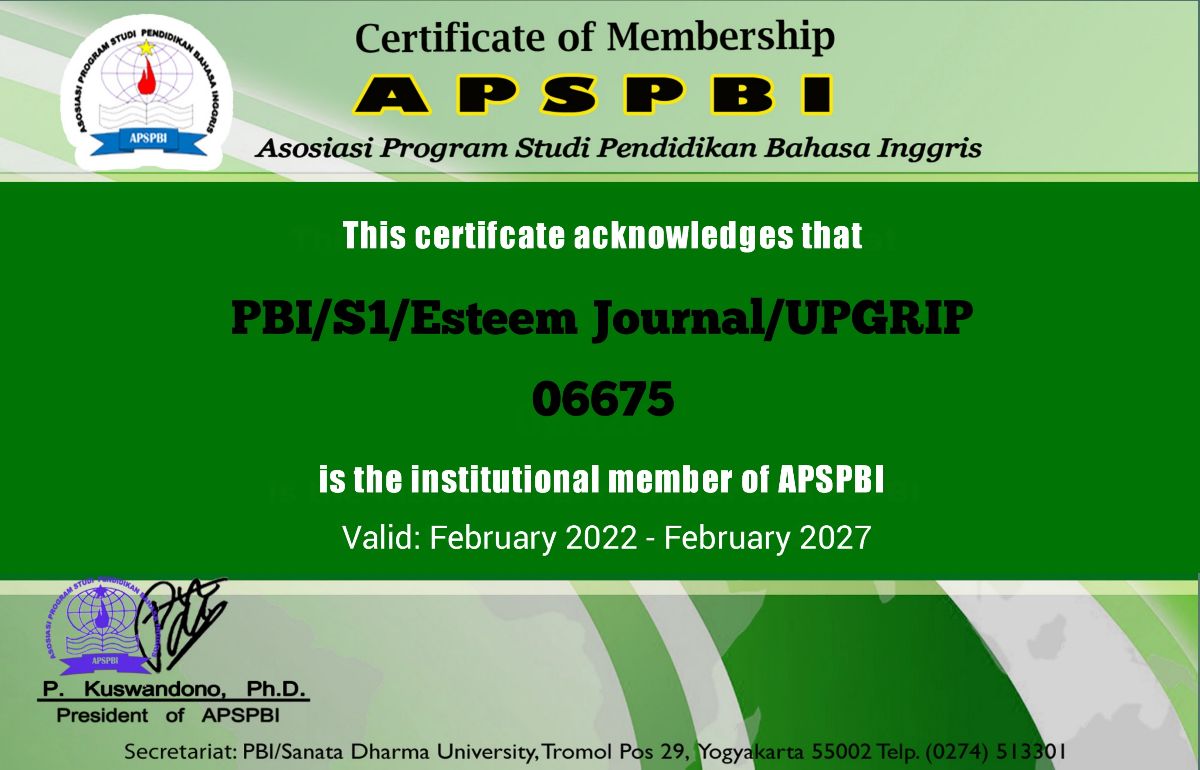A CRITICAL DISCOURSE ANALYSIS OF HOW MORAL VALUES ARE TAUGHT IN PRIMARY SCHOOL ENGLISH TEXTBOOKS
DOI:
https://doi.org/10.31851/esteem.v8i1.17925Keywords:
Critical Discourse Analysis, Moral Values, English Textbooks.Abstract
This study critically explores how moral values are incorporated and communicated in the primary school English textbooks “My Next Words Grades 3 and 4.” Using a qualitative research approach, the study applies Critical Discourse Analysis (CDA) to examine both textual and visual components of the textbooks. The objective is to uncover the moral ideologies embedded in the content and assess how these values correspond with broader cultural and educational goals. By analyzing linguistic elements, stories, and images, the study identifies recurring themes such as respect, empathy, and responsibility, while also revealing implicit messages related to cultural norms and social hierarchies. The findings indicate that while the textbooks effectively promote moral education, some portrayals perpetuate stereotypes and fail to include diverse viewpoints. This research enhances our understanding of the connection between language learning and moral development, offering valuable insights for curriculum developers and educators aiming to create more inclusive and ethically enriching educational materials.
References
Brown, R., & Smith, P. (2023). The role of textbooks in promoting ethical education: A critical review. Journal of Educational Studies, 45(2), 112–130.
Carpenter, V., & Singh, L. (2023). Critical discourse analysis. In Researching and Analysing Business: Research Methods in Practice. https://doi.org/10.4324/9781003107774-17
Che-Aron, Z., & Matcha, W. (2023). Project-Based Learning with Gallery Walk: The Association with the Learning Motivation and Achievement. International Journal of Modern Education and Computer Science, 15(5), 1–13. https://doi.org/10.5815/ijmecs.2023.05.01
Chen, Z., & Liu, Y. (2023). Critical discourse analysis in educational settings: Understanding textbooks in primary education. Educational Research Journal, 29(4), 78–94.
Creswell, J. W., & Creswell, J. D. (2017). Research design: Qualitative, quantitative, and mixed methods approaches. Sage publications.
Dar, Z. K., Rahimi, A., & Shams, M. R. (2010). Teaching Reading with a Critical Attitude: Using Critical Discourse Analysis (CDA) to Raise EFL University Students’ Critical Language Awareness (CLA). International Journal of …, 3(2), 457–476. http://pi.library.yorku.ca/ojs/index.php/ijcst/article/viewFile/30585/28534
Darmalaksana, W. (2020). Metode Penelitian Kualitatif Studi Pustaka dan Studi Lapangan. Pre-Print Digital Library UIN Sunan Gunung Djati Bandung.
Fadilah, I. A., Jaya, A., & Uzer, Y. (2023). Visual Representation and Comprehension: the Exploration of Multimodal Text To Energize Reading of the Tenth Grade Students’ At State Vocational High School 5 of Palembang. Esteem Journal of English Education Study Programme, 6(1), 125–130. https://doi.org/10.31851/esteem.v6i1.10226
Fairclough, N. (1992). Discourse and social change. Polity Press.
Fitriyah, I., & Jannah, M. (2021). Online Assessment Effect in EFL Classroom: An Investigation on Students and Teachers’ Perceptions. IJELTAL (Indonesian Journal of English Language Teaching and Applied Linguistics), 5(2), 265. https://doi.org/10.21093/ijeltal.v5i2.709
Gee, J. P. (2014). An introduction to discourse analysis: Theory and method (4th ed.). Routledge.
Lashari, A., Shah, W. A., & Memon, T. (2023). ‘Are we equal citizens?’: A critical discourse analysis (CDA) of language textbooks and minority faith learners’ insights in Pakistan. Asia Pacific Journal of Education, 1–18.
Machin, D., & Mayr, A. (2012). How to do critical discourse analysis: A multimodal introduction. Sage Publications.
Novak, E., McDaniel, K., & Li, J. (2023). Factors that impact student frustration in digital learning environments. Computers and Education Open, 5(October), 100153. https://doi.org/10.1016/j.caeo.2023.100153
Purnomo, E., Jermaina, N., Marheni, E., Gumilar, A., Widarsa, A. H., Elpatsa, A., & Abidin, N. E. Z. (2024). Enhancing Problem-Solving Skills Through Physical Education Learning: A Comprehensive Analysis. Retos, 58, 435–444. https://doi.org/10.47197/retos.v58.106838
Puspitasari, D., Widodo, H. P., Widyaningrum, L., Allamnakhrah, A., & Lestariyana, R. P. D. (2021). How do primary school English textbooks teach moral values? A critical discourse analysis. Studies in Educational Evaluation, 70, 101044. https://doi.org/10.1016/j.stueduc.2021.101044
Putri, A. D., Jaya, A., & Marleni, M. (2023). Exploring the Students’ Speaking Ability Based on Their Different Personalities. Esteem Journal of English Education Study Programme, 6(1), 10–16. https://doi.org/10.31851/esteem.v6i1.10203
Ratih, A., & Arsih, F. (2024). Implementation of Project-Based Learning in 21st Century Learning in Science Learning: A Systematic Literature Review. International Conference on Education and Innovation, 15–24.
Rizvi, F., & Rahman, A. (2022). Moral education in diverse contexts: A global perspective. International Journal of Educational Development, 39(3), 175–188.
Sitio, I. T., Sinar, T. S., & Rangkuti, R. (2023). Textbooks as value-laden: A critical discourse analysis of moral values representation in primary school EFL textbooks. IJELTAL (Indonesian Journal of English Language Teaching and Applied Linguistics, 8(2), 95–115. https://doi.org/10.21093/ijeltal.v8i2.1515
Sugiyono. (2017a). Penelitian Kualitatif, Kuantitatif, R&D. Angewandte Chemie International Edition, 6(11), 951–952.
Sugiyono. (2017b). Metode Penelitian Pendidikan Pendekatan Kuantitatif, Kualitatif, dan R&D.
Sujiati, R., Jaya, A., Rosmiyati, E., & Noviati. (2023). Efl Teachers’ Attitudes and Experiences on the Implementation of Multiliteracies. Esteem Journal of English Education Study Programme, 7(1), 85–96. https://doi.org/10.31851/esteem.v7i1.12653
Tanaka, M. (2023). Motivation, self-construal, and gender in project-based learning. Innovation in Language Learning and Teaching, 17(2), 306–320. https://doi.org/10.1080/17501229.2022.2043870
Tsui, A. B., & Tollefson, J. W. (2007). Language and education: Discourses of diversity and equality. Journal of Language and Education, 15(1), 25–42.
Vaandering, D., & Reimer, K. E. (2021). Relational critical discourse analysis: A methodology to challenge researcher assumptions. International Journal of Qualitative Methods. https://doi.org/10.1177/16094069211020903
Van Dijk, T. A. (2009). Critical discourse studies: A sociocognitive approach. In R. Wodak & M. Meyer (Eds.), Methods of critical discourse analysis (pp. 62–86). Sage Publications
Downloads
Published
Issue
Section
License
Copyright (c) 2025 Daniel Geraldine Pratama Putra, St. Shabibatul Rohmah

This work is licensed under a Creative Commons Attribution-NonCommercial-ShareAlike 4.0 International License.
Copyright Notice
Authors who publish with this journal agree to the following terms:
In order to assure the highest standards for published articles, a peer review policy is applied. In pursue of the compliance with academic standards, all parties involved in the publishing process (the authors, the editors and the editorial board and the reviewers) agree to meet the responsibilities stated below in accordance to the Journal publication ethics and malpractice statement.
Duties of Authors:
- The author(s) warrant that the submitted article is an original work, which has not been previously published, and that they have obtained an agreement from any co-author(s) prior to the manuscript’s submission;
- The author(s) should not submit articles describing essentially the same research to more than one journal;
- The authors(s) make certain that the manuscript meets the terms of the Manuscript Submission Guideline regarding appropriate academic citation and that no copyright infringement occurs;
- The authors(s) should inform the editors about any conflict of interests and report any errors they subsequently, discover in their manuscript.
Duties of Editors and the Editorial Board:
- The editors, together with the editorial board, are responsible for deciding upon the publication or rejection of the submitted manuscripts based only on their originality, significance, and relevance to the domains of the journal;
- The editors evaluate the manuscripts compliance with academic criteria, the domains of the journal and the guidelines;
- The editors must at all times respect the confidentiality of any information pertaining to the submitted manuscripts;
- The editors assign the review of each manuscript to two reviewers chosen according to their domains of expertise. The editors must take into account any conflict of interest reported by the authors and the reviewers.
- The editors must ensure that the comments and recommendations of the reviewers are sent to the author(s) in due time and that the manuscripts are returned to the editors, who take the final decision to publish them or not.
Authors are permitted and encouraged to post online a pre-publication manuscript (but not the Publisher final formatted PDF version of the Work) in institutional repositories or on their Websites prior to and during the submission process, as it can lead to productive exchanges, as well as earlier and greater citation of published work (see The Effect of Open Access). Any such posting made before acceptance and publication of the Work shall be updated upon publication to include a reference to the Publisher-assigned DOI (Digital Object Identifier) and a link to the online abstract for the final published Work in the Journal.




